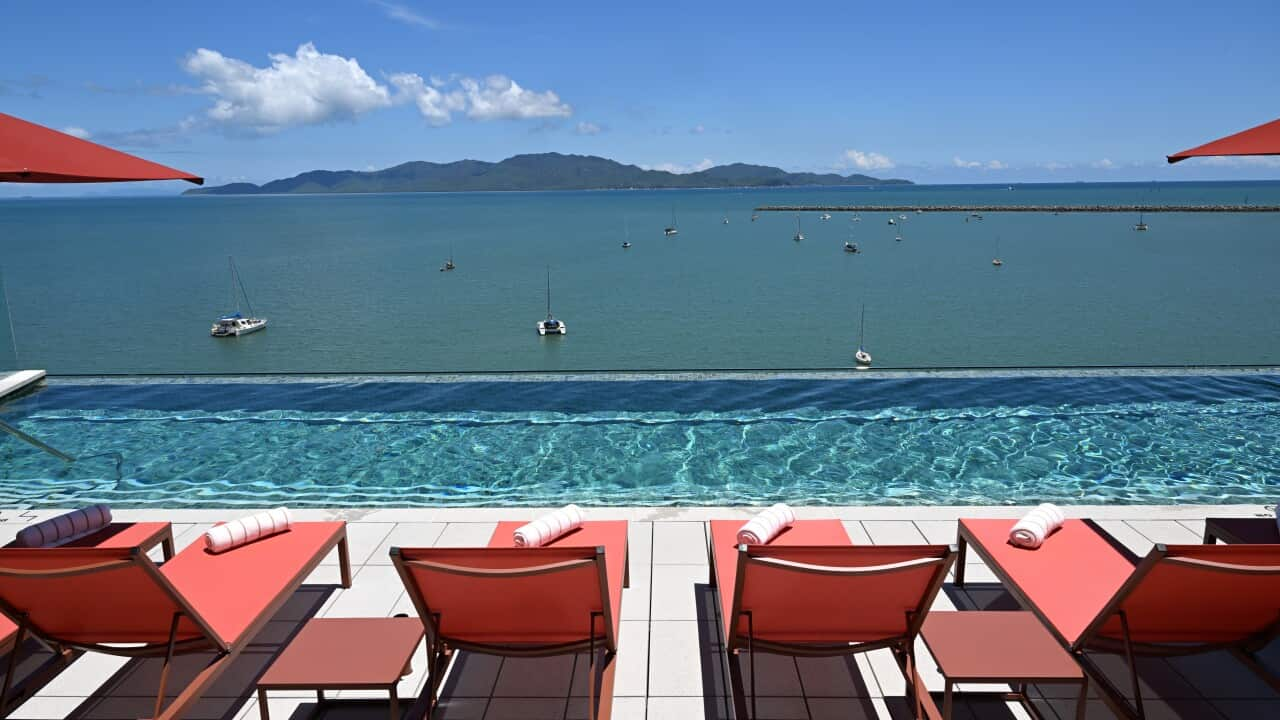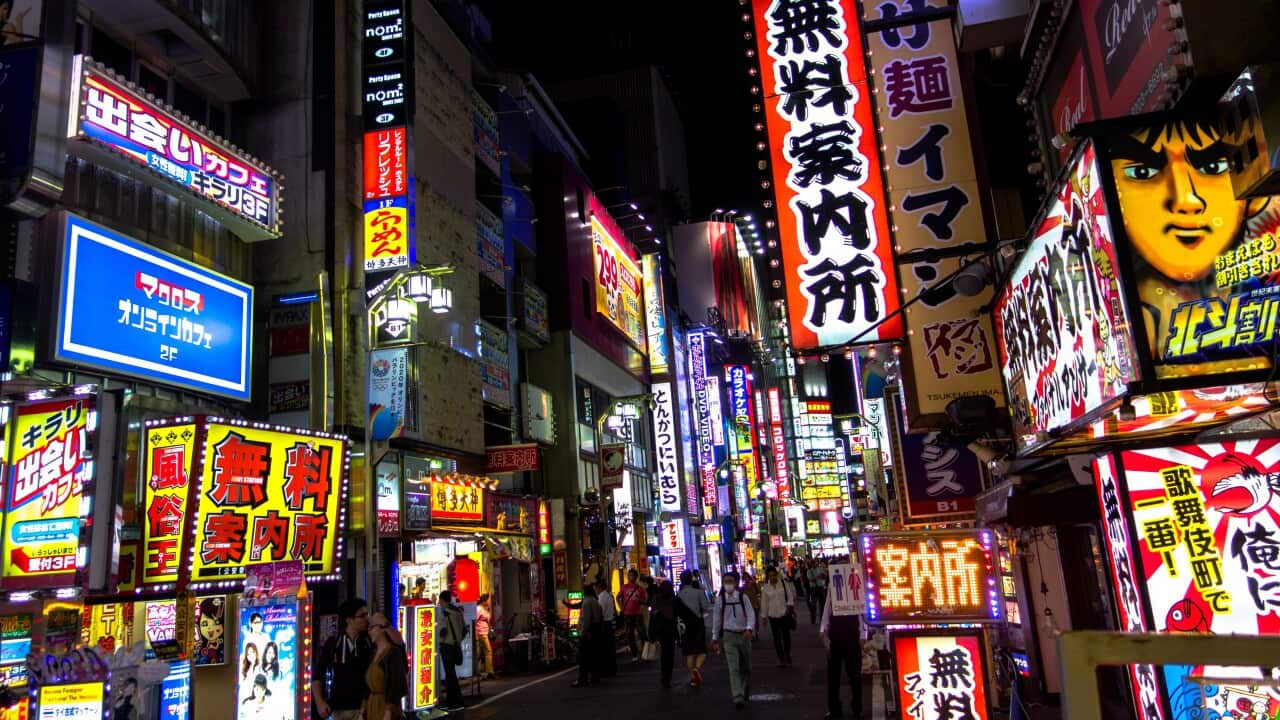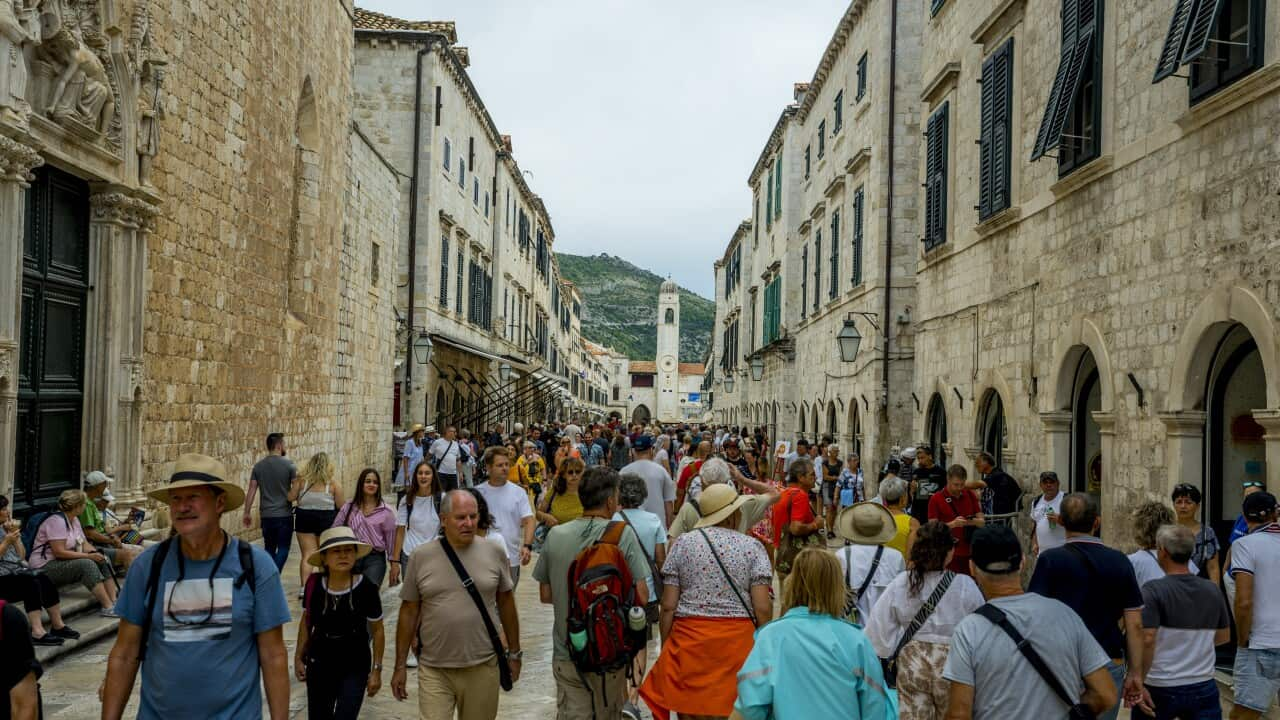Local authorities across the globe are struggling to limit soaring numbers of travellers to popular holiday destinations and sites.
The influx of tourists has increased congestion, with locals claiming it also has a detrimental effect on the environment, living prices, and in some instances safety.
Mount Fuji in Japan is among the places cracking down on over-tourism by introducing fees to climb the active volcano.
From Monday, Japan's tallest peak will charge 2,000 yen ($18.60) on the popular Yoshida trail and close off access once a 4,000-visitor daily limit is breached.
Local authorities say a recent surge in tourists to Japan has led to high levels of environmental damage and incidents of under-prepared climbers needing rescue.
They hope the new fee and restricted entry times — between 3am and 4pm — will prevent unsafe climbing and reduce overcrowding at the World Heritage site.
Depending on the effectiveness of the tourism measure, a similar charge may be implemented at other Japanese tourist attractions in the future.
Tourism provides a lucrative economic boost for many destinations but Japan is not alone in its fight against overcrowding.
Here's a look at a few other places around the world where the cost of visiting is increasing.
Galapagos
The Galapagos Islands, 900km off the Ecuadorian coast, is doubling its entry fee for tourists from August.
To visit the archipelago known for its giant tortoises, travellers will have to pay US$200 ($300), up from US$100 ($150).
Ecuadorian nationals have also seen their local rate jump 500 per cent.

A male Galapagos tortoise can weigh up to 227kg. Source: Getty / .
The number of flights to the islands has also been limited since 2012.
Bali
In February, Bali of IDR150,000 ($15) for all international visitors.
The popular holiday destination introduced the fee to "improve waste management,[and] preserve cultural sites and the local environment", according to Indonesia's deputy tourism minister.
More than 1.3 million Australians visited Indonesia in 2023, with the majority heading to Bali, making it the nation's most popular destination.
Venice and other European hotspots
In April, Venice started charging day trippers a 5 euro ($8) access fee, under a trial program attempting to discourage the influx of visitors during peak periods.
The city's tourism officials say they want to "safeguard spaces of residents" and find a new balance with tourists.

Venice attracts about 20 million visitors annually. Source: AFP / Marco Bertorello / AFP via Getty Images
The Dutch government has raised room fees by 12.5 per cent, with the average room rate of €175 ($282) up €21 ($34). While cruise passengers are taxed 11 euros ($18) per day.
Bhutan
Nestled deep in the Himalayas, Bhutan saw the number of tourists grow from 300 in 1974 to 315,600 in 2019.
Seeking to preserve its natural environment, it raised its Sustainable Development Fee from US$65 ($98) to US$200 ($300) in 2022, with a different fee applied for visitors from India.
However, as the tourism industry struggled coming out of the COVID-19 pandemic it has halved the daily fee to US$100 ($200).
The current reduction is valid till 31 August 2027, with all funds raised used to sustainably develop the country's infrastructure.
Hawaii
Hawaii's state governor Josh Green attempted to pass a US$25 ($38) climate tax to reduce the number of visitors in February.
The legislation passed the House but failed in the Senate. It is the third year in a row that Hawaii's government has attempted to introduce a fee to help protect its fragile environment.





